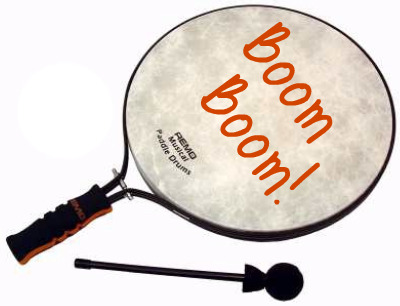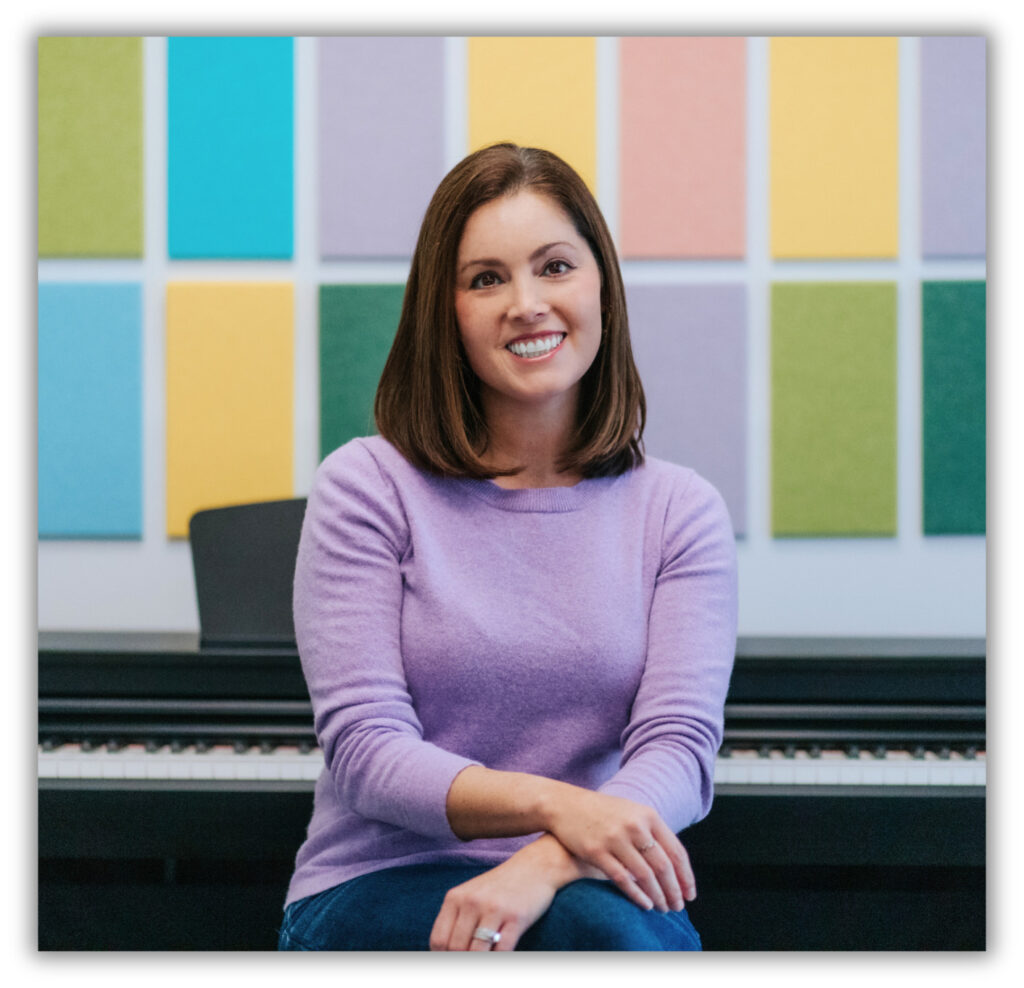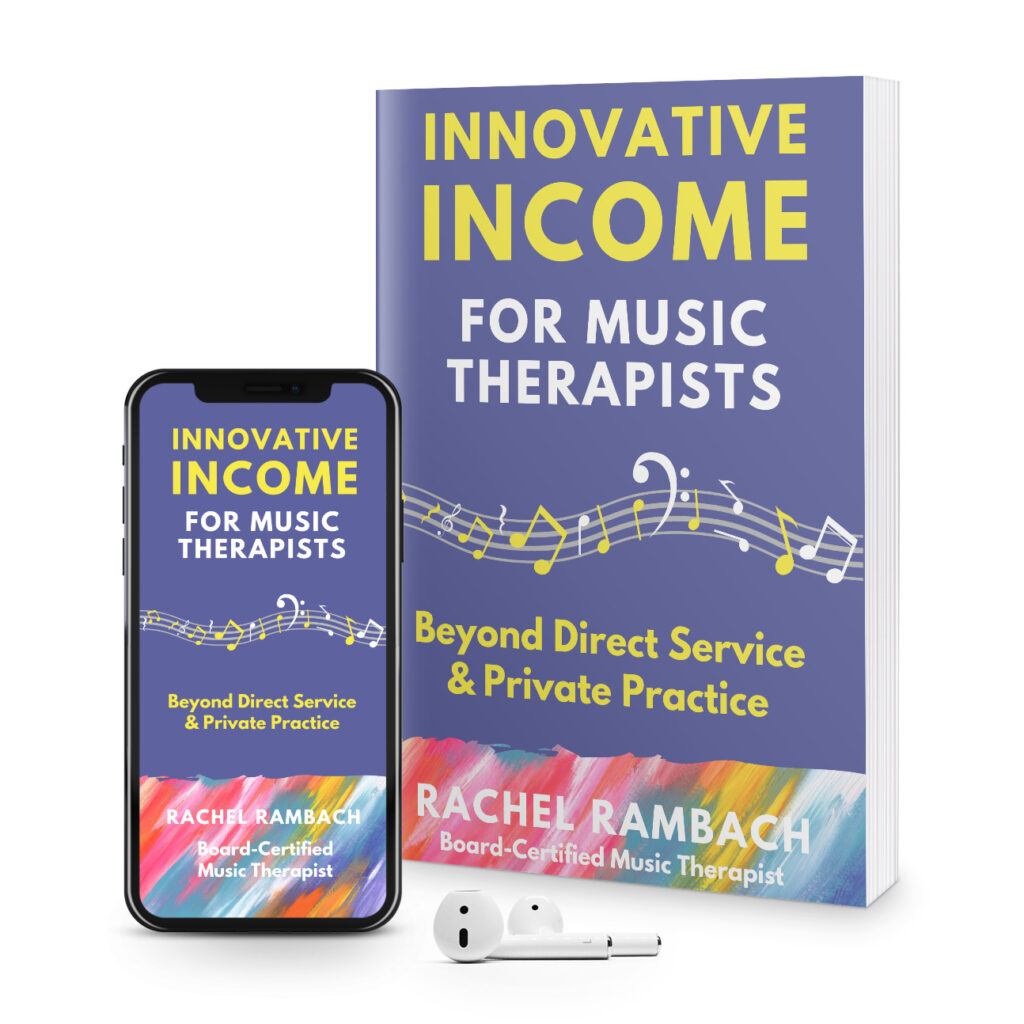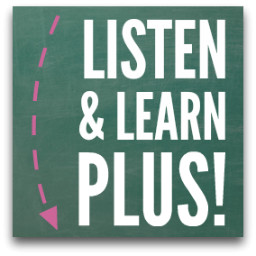Friday Fave: The Season of Giving
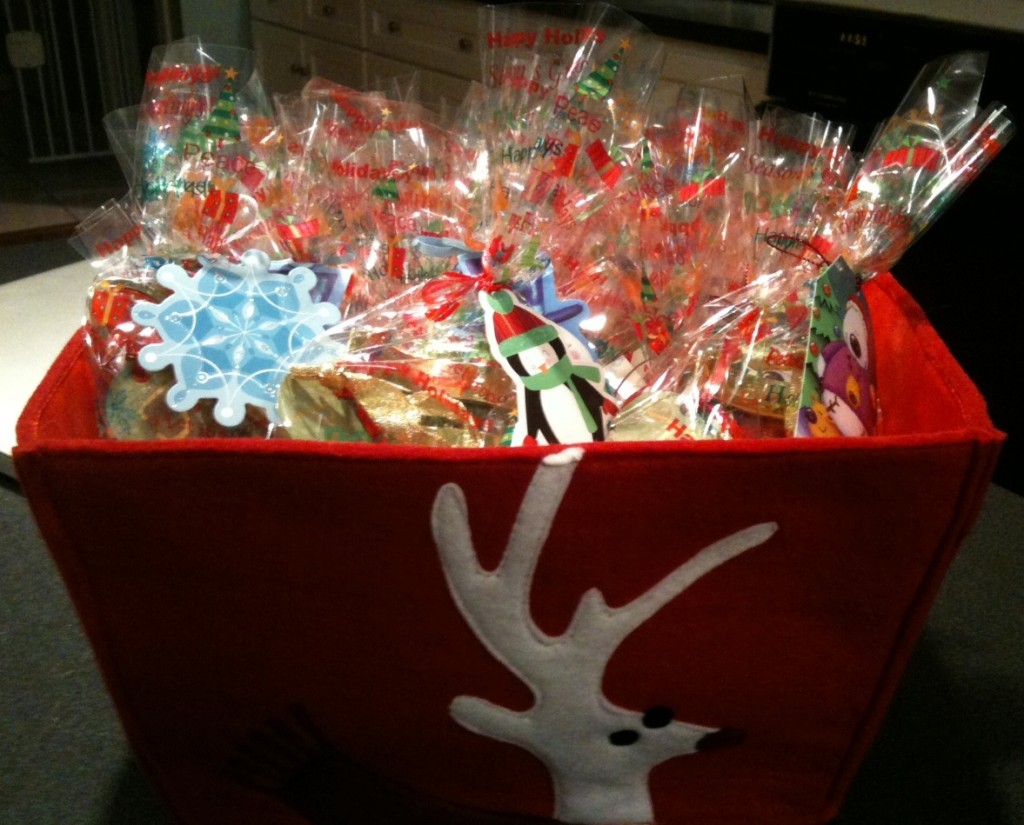 I absolutely love giving gifts. In fact, I have a special savings account for Christmas money to which I contribute all year round, just so that I’m sure I can give everyone the “perfect” present come December.
I absolutely love giving gifts. In fact, I have a special savings account for Christmas money to which I contribute all year round, just so that I’m sure I can give everyone the “perfect” present come December.
However, I am not opposed to DIY gifts — I actually prefer making things myself rather than buying them. I flex my crafty muscles each year when it comes to gifts for my 30+ students. This year’s gifts are pictured above; I’m giving them music note or treble clef ornaments (gold for the boys, silver with sparkles for the girls) with handmade initial tags tied with ribbon.
Last year, I had special postcards made and wrote an individual note to each student. Then I laminated it and wrapped it up with candy and a cute little reindeer. Unfortunately, I don’t have any pictures to illustrate :(
Two years ago, I made ornament magnets for each student with his or her initial. This was quite a labor-intensive process, which involved gluing the magnet to the back of the ornament, tying and curling the ribbon, and placing the initial on the front. Of course, I had to make some for my husband and I, too:
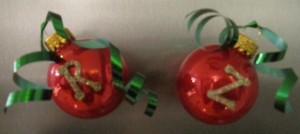
My husband and I also do DIY gifts for family members and friends. Zach is the photo book expert of our family; he uses Apple’s iPhoto to create beautiful photo books of various events, which he gives frequently as gifts for birthdays, anniversaries, and Christmas.
We’re trying something new this year for my Grandma’s gift: she lives in Florida, so we are going to make a DVD wishing her a Merry Christmas and also surprising her with the news that we are coming down to visit her next month (she has no idea!). I know she’ll love it more than anything we could possibly buy her.
Throughout the holiday season, I encourage my students to talk about giving more than receiving. I use the song If You Could Give a Gift to get them talking, and they always have extremely interesting and sweet gift-giving ideas.
What about you? Do you DIY your gifts (I’d especially love to hear about creative student gifts) or stick to store-bought goodies? Please share!

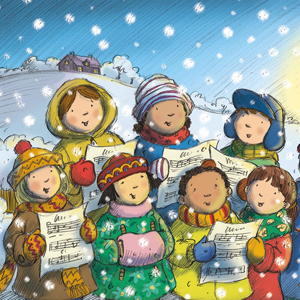
 For the last three years, a group of
For the last three years, a group of 